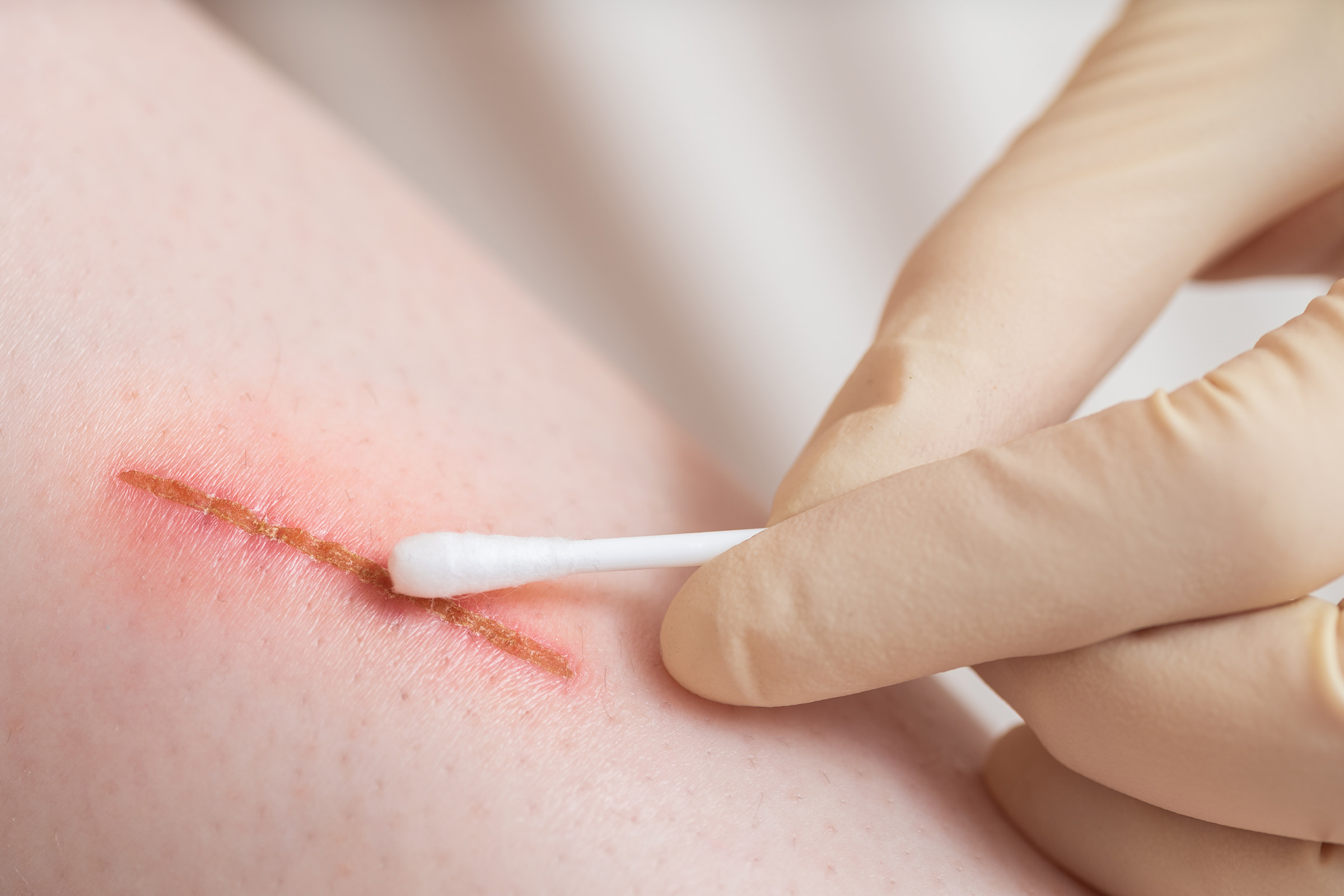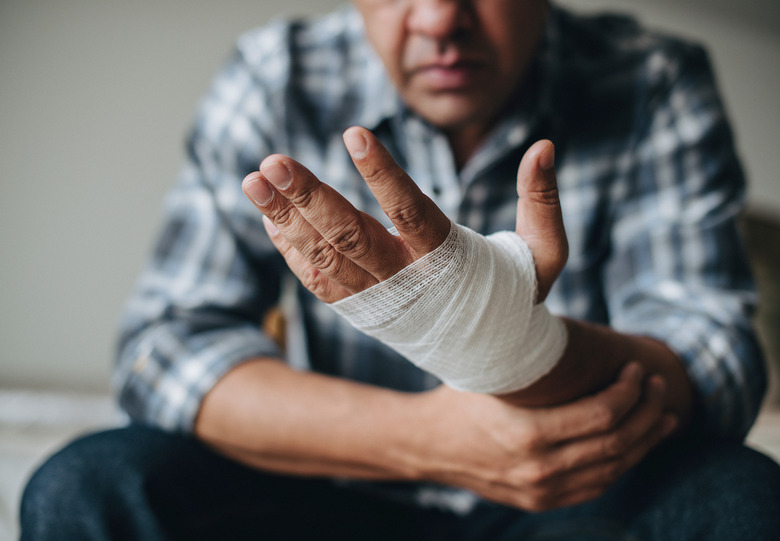Futuristic Electric Bandage Helps Wounds Heal Faster
A new type of water-powered bandage could make it much easier for slow-healing wounds to close up. The bandage is technically "electric," but it is powered by adding water to the thin and flexible material. This allows it to deliver an electrical current directly to the wound site, which helps stimulate healing.
How exactly does that work? Well, the electrical current passing through the skin cells helps accelerate the closure of the tissue by speeding up the rate at which the cells migrate to the wound site. This not only helps reduce infection but also kills bacteria in the process. This two-fold setup can be extremely helpful for healing chronic wounds that are slow to heal on their own.
This, of course, isn't the first bandage designed for chronic wounds. However, many of them have other limitations—like being massive because of the thick batteries they require to power them. This makes them not only costly to buy but also awkward to wear, depending on where the wound is located. This new water-powered bandage is much thinner, and because its battery is so small, it doesn't cost very much to make, either.

The bandage is being called a WPED—or Water-Powered Electronics-free Dressing—because it completely foregoes the normal battery components for a wirelessly delivered power supply. It does require the patient to remain close to the transducer coil that powers the bandage, but that's a small price to pay for something that is going to help close your wounds much faster.
The battery on the water-powered bandage works because it is separated by a layer of cellulose that is impregnated with sodium chloride. When the cellulose becomes wet, the battery becomes active, and the ions travel through the cellulose, moving from the anode to the cathode.
This produces a 1.5-volt radial electrical field that helps emit the electrodes into the underlying tissue. The researchers behind the experiment say that one drop of water should be good for around seven hours of usage on the WPED. Resetting the bandage should net you another two hours of battery life. Additionally, they say the WPED should only cost around one US dollar a bandage once it is mass-produced.
The researchers plan to move to wider testing of the water-powered bandage soon, and hopefully, we'll see these revolutionary batteries being used throughout the medical industry before too long. A study on the researchers' findings is published in Science Advances.
